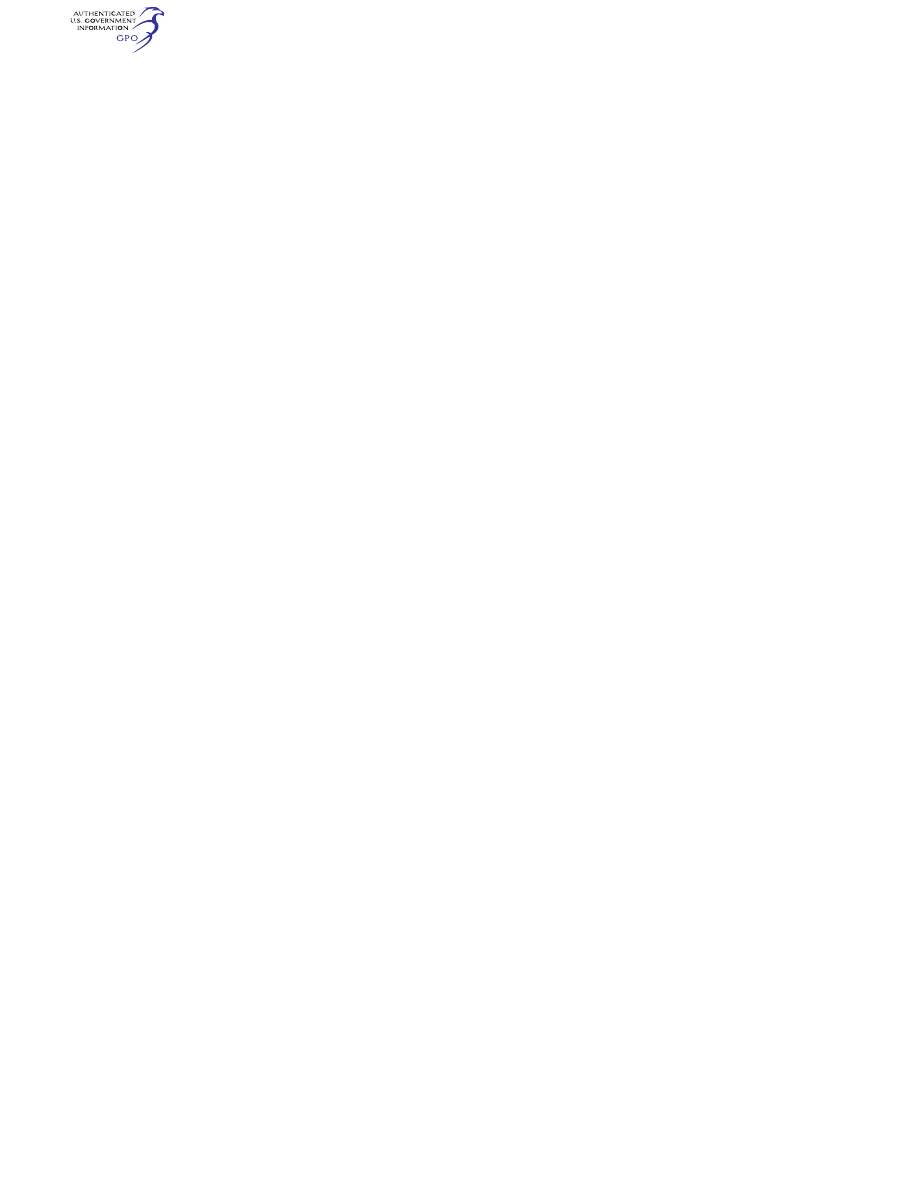
804
14 CFR Ch. I (1–1–24 Edition)
§ 91.1095
(3) The applicable methods, proce-
dures, and techniques for conducting
the required checks.
(4) Proper evaluation of student per-
formance including the detection of—
(i) Improper and insufficient train-
ing; and
(ii) Personal characteristics of an ap-
plicant that could adversely affect
safety.
(5) The corrective action in the case
of unsatisfactory checks.
(6) The approved methods, proce-
dures, and limitations for performing
the required normal, abnormal, and
emergency procedures in the aircraft.
(d) The transition ground training for
a check pilot must include the ap-
proved methods, procedures, and limi-
tations for performing the required
normal, abnormal, and emergency pro-
cedures applicable to the aircraft to
which the check pilot is in transition.
(e) The initial and transition flight
training for a check pilot (aircraft)
must include the following—
(1) The safety measures for emer-
gency situations that are likely to de-
velop during a check;
(2) The potential results of improper,
untimely, or nonexecution of safety
measures during a check;
(3) Training and practice in con-
ducting flight checks from the left and
right pilot seats in the required nor-
mal, abnormal, and emergency proce-
dures to ensure competence to conduct
the pilot flight checks required by this
subpart; and
(4) The safety measures to be taken
from either pilot seat for emergency
situations that are likely to develop
during checking.
(f) The requirements of paragraph (e)
of this section may be accomplished in
full or in part in flight, in a flight sim-
ulator, or in a flight training device, as
appropriate.
(g) The initial and transition flight
training for a check pilot (simulator)
must include the following:
(1) Training and practice in con-
ducting flight checks in the required
normal, abnormal, and emergency pro-
cedures to ensure competence to con-
duct the flight checks required by this
subpart. This training and practice
must be accomplished in a flight simu-
lator or in a flight training device.
(2) Training in the operation of flight
simulators, flight training devices, or
both, to ensure competence to conduct
the flight checks required by this sub-
part.
§ 91.1095
Initial and transition train-
ing and checking: Flight instructors
(aircraft), flight instructors (simu-
lator).
(a) No program manager may use a
person nor may any person serve as a
flight instructor unless—
(1) That person has satisfactorily
completed initial or transition flight
instructor training; and
(2) Within the preceding 24 months,
that person satisfactorily conducts in-
struction under the observation of an
FAA inspector, a program manager
check pilot, or an aircrew designated
examiner employed by the program
manager. The observation check may
be accomplished in part or in full in an
aircraft, in a flight simulator, or in a
flight training device.
(b) The observation check required
by paragraph (a)(2) of this section is
considered to have been completed in
the month required if completed in the
month before, or the month after, the
month in which it is due.
(c) The initial ground training for
flight instructors must include the fol-
lowing:
(1) Flight instructor duties, func-
tions, and responsibilities.
(2) The applicable Code of Federal
Regulations and the program man-
ager’s policies and procedures.
(3) The applicable methods, proce-
dures, and techniques for conducting
flight instruction.
(4) Proper evaluation of student per-
formance including the detection of—
(i) Improper and insufficient train-
ing; and
(ii) Personal characteristics of an ap-
plicant that could adversely affect
safety.
(5) The corrective action in the case
of unsatisfactory training progress.
(6) The approved methods, proce-
dures, and limitations for performing
the required normal, abnormal, and
emergency procedures in the aircraft.
(7) Except for holders of a flight in-
structor certificate—
(i) The fundamental principles of the
teaching-learning process;
VerDate Sep<11>2014
14:00 Mar 14, 2024
Jkt 262047
PO 00000
Frm 00814
Fmt 8010
Sfmt 8010
Q:\14\14V2.TXT
PC31
aworley on LAPBH6H6L3 with DISTILLER
